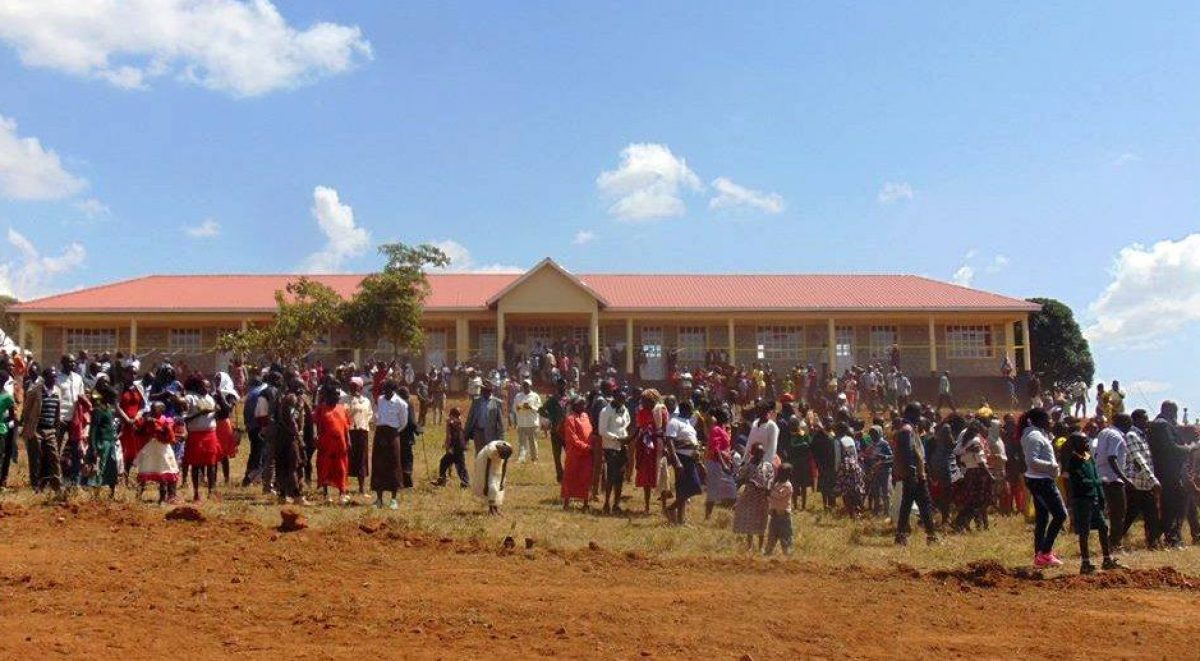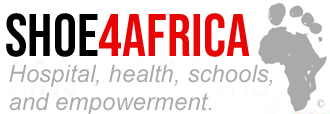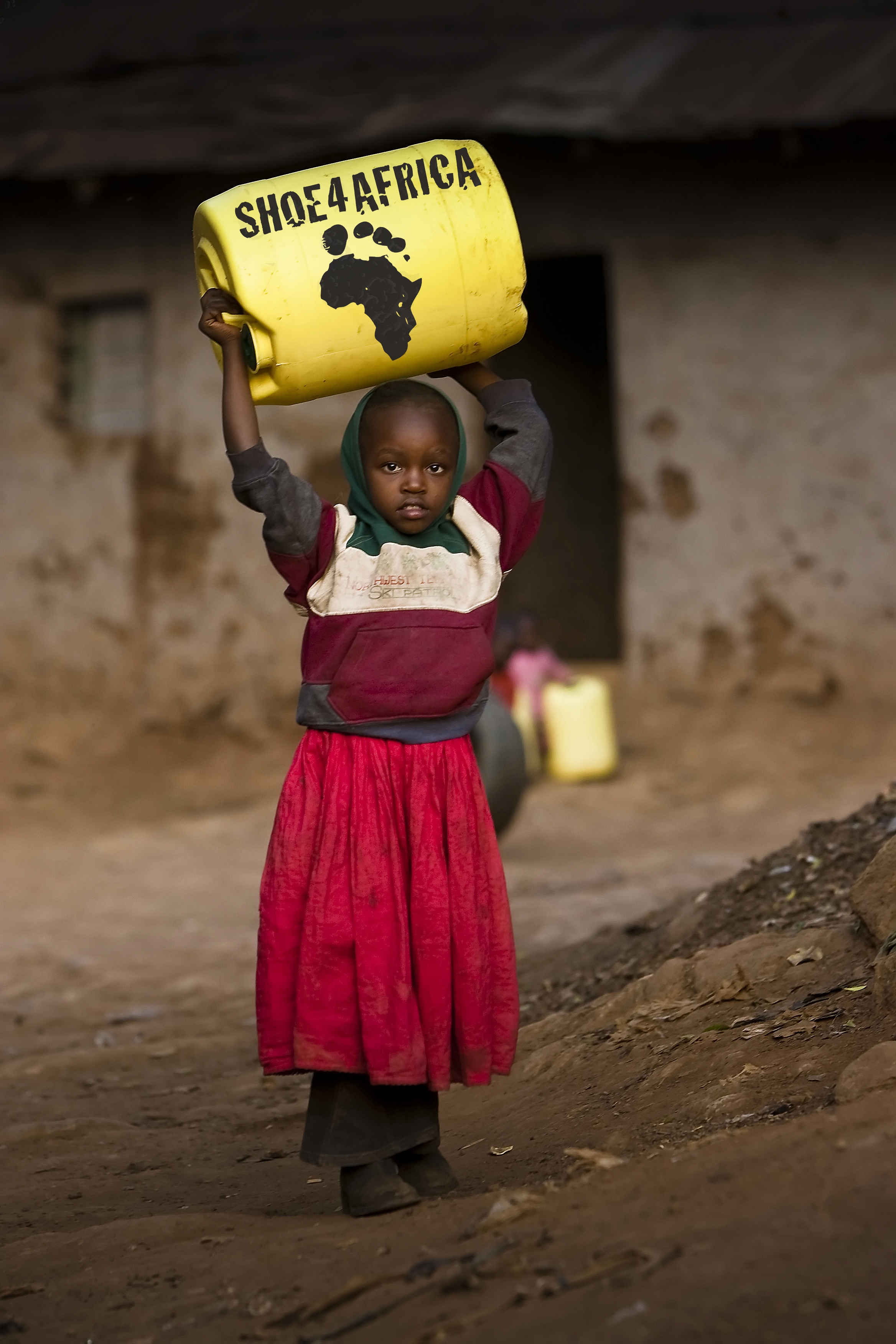
EDUCATION IN AFRICA
Project Kenyan dorms
Kenya’s educational program was introduced by the British; we saw huge holes. With zero adaptations for another continent we realized we could criticize, or we could do something.
Today, we have over 1,600 kids going to free government accredited schools, schools where we can manipulate the curriculum’s learning relevancy, such as adding subsistence farming and introducing preventative health. We’ve built classrooms at other non-Shoe4Africa schools, and have two classrooms at out public children’s hospital.
Is public education the best? Private academies are great, but in-affordable to the vast majority of the land. Unicef state over 42% of Kenyans lived below $2 per day. We have to start changing the public system where the child who doesn’t receive that lucky *USA sponsor* must attend. With systematic measures, the country’s chance of lifting Kenya to a developed nation will happen with a fully educated nation.
Our ‘unique’ empowerment angle. Kids in America watch television, in Kenya, one family in 200 owns a television. In 2010, Bond girl Naomi Harris starred in First Grader, a film about an 84-year old primary school ‘boy’ set in Eldoret. That film has yet to be shown at a cinema in Eldoret (the 5th largest urban zone in Kenya).
The country is riddled with world champion athletes; every famous athlete you can name comes from rural poverty. We go to that athlete’s birthplace, build a new school, and we show the local kids the path; through sports and education you can conquer the world. You don’t need to be born with a silver spoon. Of course, not every child will become a champion, but these little kids need a motivation to step up, and believe.
One problem to address — Keep Kids in School
Parents often do not see a future and keep kids at home to work on subsistence farming to feed the family. Dormitories allow kids to escape this stolen childhood. For girls there are a multitude of extra reasons. Girls run up to six miles each morning, in the dark to get to class. The risk of rape is high, plus the child arrives tired and exhausted. We don’t have showers at the school, and at high altitude it can be hot or cold.
‘Completing a good quality secondary education is one of the most effective ways to reduce the risk of early marriage and pregnancy. Girls will have smaller, healthier and wealthier families later in life than those who do not attend school.’
Our latest project is to raise funds to build dormitories.
We have raised $12,000, we need $60,000
About the school: A public secondary. In Baringo, Kenya’s largest county with a pop. Of 666,000, there are only 147 public secondary schools. In 2019, we opened the Shoe4Africa Mary Keitany secondary school. The mixed school has four classrooms with 40-kids in each year (max 160). To open the school, we picked a 10-year old girl called June, shunning the popular Kenyan method of using politicians (or indeed Mary) to prove every dream is possible.
About Mary: the world record holder of the women’s marathon, Mary didn’t wear a pair of shoes till she was about 14 years old. Each day she ran 6-miles to school, 3-miles to a neighbors for lunch, back to school, then 6-miles home in the evening. No wonder she won four NYC marathons and three London marathons. Learn more https://nation.africa/kenya/sports/athletics/mary-keitany-real-life-heroine-who-s-giving-back-to-society-76602)
About Shoe4Africa: a 501 c3 US-registered charity, aligned with Microsoft since 2011, the small charity eschews the typical ‘Africa charity’ American model. Due to staffing, rents and operating costs, it is estimated over 50% of all funds raised in the name of Africa stay in America. Shoe4Africa has one person working in the USA, everyone else is a local African. The charity opened East & Central Africa’s 1st public children’s hospital in 2015 treating over 500,000 kids and has built six public schools. Learn more


